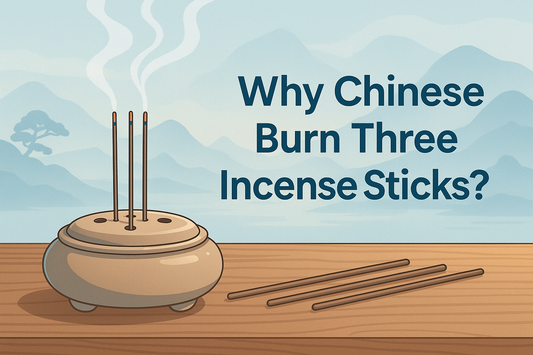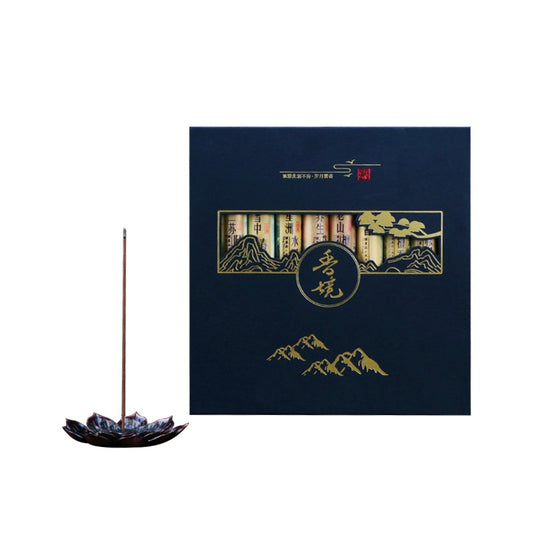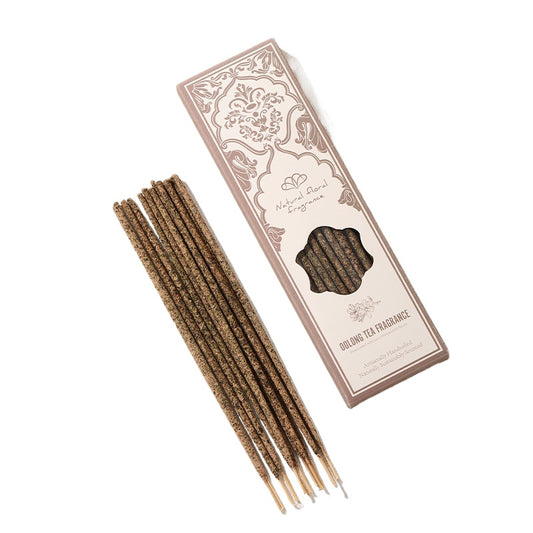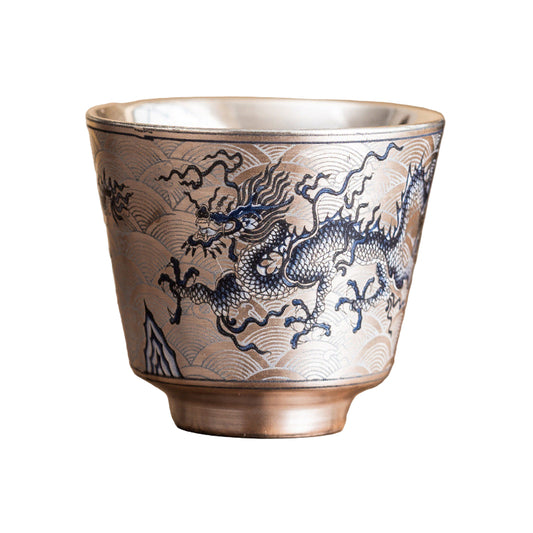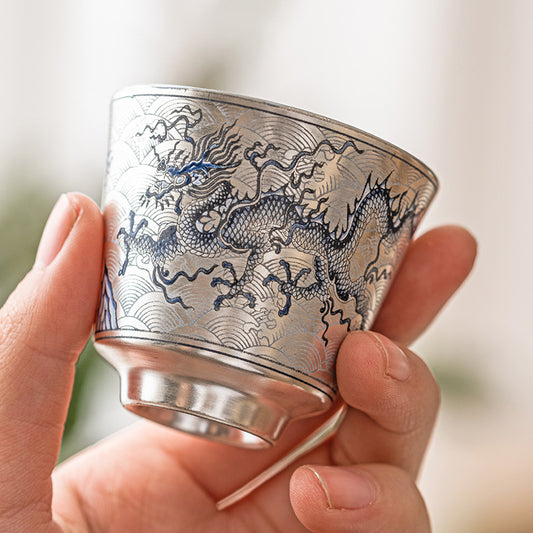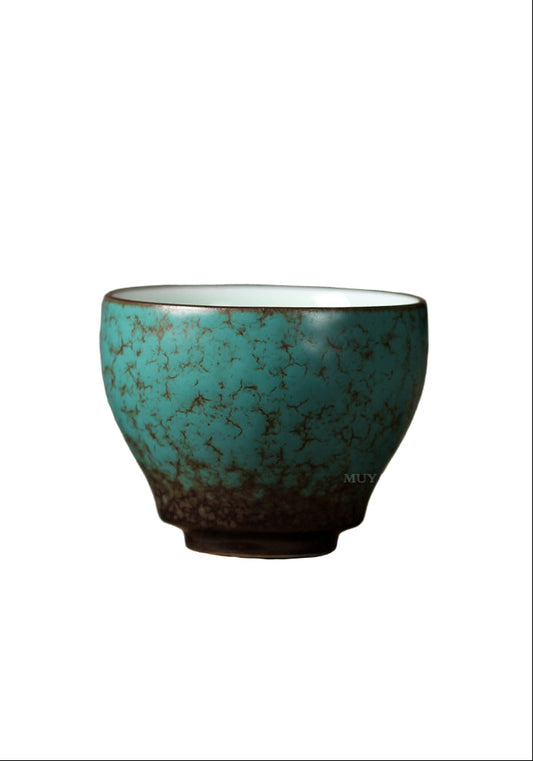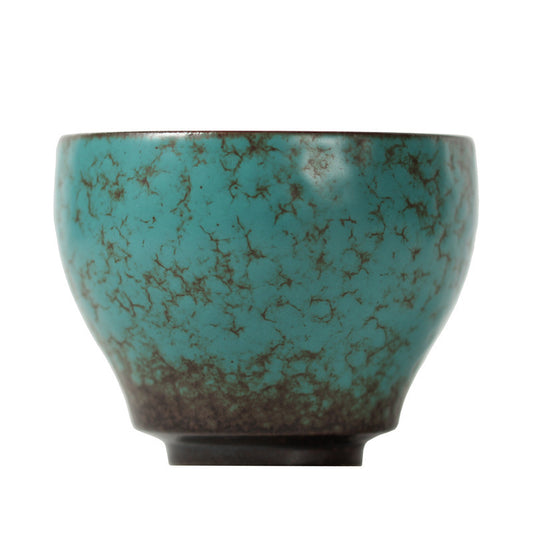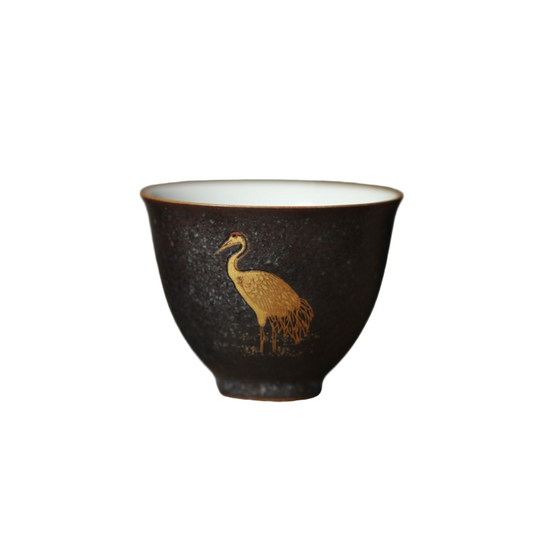
The Whispers of Sandalwood
The Whispers of Sandalwood: A Journey Through Chinese History and Spirit - Sandalwood Incense, Chinese Sandalwood Incense, Buddhist Incense
A Journey Through Chinese History and Spirit
The Arrival of a Sacred Scent: Sandalwood in Ancient China sandalwood history china, ancient chinese incense, chinese sandalwood incense
In the grand narrative of Chinese civilization, where every mountain, river, and forest holds a story, the arrival of sandalwood was not a mere commercial transaction; it was the quiet unfolding of a spiritual destiny. Unlike the dramatic tales of war and conquest, sandalwood's journey into the heart of China was a subtle infiltration, a fragrant whisper carried on the winds of trade and faith.
Imagine the bustling markets of ancient Chang'an, a city that breathed with the rhythm of a thousand cultures. Merchants from distant lands, their faces weathered by sun and sand, would unpack their exotic wares: shimmering silks from the East, precious jade from the mountains, and, eventually, the warm, earthy scent of sandalwood from the distant South. At first, it might have been mistaken for a rare type of rosewood, its true spiritual significance yet to be fully understood by the Han court. Yet, its unique aroma, unlike anything native to the Middle Kingdom, would soon captivate the senses and stir the souls of those who encountered it.
The Hanwu Gushi was compiled during a period when the boundaries between history and legend were far more fluid than our modern sensibilities might prefer. Yet it is precisely this fluidity that makes it so valuable—it captures not just what happened, but what people believed happened, and sometimes belief can be more powerful than fact in shaping the course of civilization.

Sandalwood and the Silk Road: A Fragrant Bridge Between Worlds sandalwood incense, chinese buddhist incense, silk road trade, ancient chinese rituals
The Silk Road, that legendary network of trade routes, was more than just a conduit for goods; it was a vibrant artery for ideas, philosophies, and spiritual practices. Along its dusty paths, Buddhist monks, intrepid merchants, and diplomatic envoys journeyed, carrying not only their physical burdens but also the seeds of new beliefs. It was through this intricate web of connections that sandalwood, deeply intertwined with Buddhist rituals in India, found its way to China.
Consider the arduous journey: caravans laden with precious cargo traversing vast deserts, scaling treacherous mountains, and navigating through diverse cultures. Each stop along the way, from the oasis towns of Central Asia to the bustling cities of the Western Regions, would have been a crucible of cultural exchange. In these melting pots, the practices associated with sandalwood—its use in meditation, its role in offerings, its calming properties—would have been shared and adapted, slowly making their way eastward.
As Buddhism began to take root in China, particularly during the Northern and Southern Dynasties period, sandalwood became an indispensable part of its rituals. Temples, adorned with intricate carvings and vibrant murals, would fill with the sweet, woody aroma of burning sandalwood incense. This wasn't just about creating a pleasant atmosphere; it was about creating a sacred space, a bridge between the earthly and the divine. The smoke, rising in graceful spirals, was believed to carry prayers and intentions to the heavens, purifying the mind and fostering a state of meditative calm.
The Emperor's Obsession and the Flourishing of Sandalwood Culture chinese sandalwood, imperial rituals, tang dynasty incense, chinese art and culture
While sandalwood's initial entry into China was subtle, its popularity grew steadily, eventually captivating even the imperial court. Emperors, always keen to embrace anything that could enhance their spiritual authority or bring good fortune, soon recognized the unique qualities of this fragrant wood. Its rarity, its exotic origins, and its association with the serene practices of Buddhism made it a highly coveted commodity.
One notable example of imperial fascination with sandalwood can be found in the Tang Dynasty, a golden age of Chinese culture and cosmopolitanism. During this period, the demand for sandalwood soared, leading to extensive trade networks that stretched across Southeast Asia and India. Imperial workshops would commission exquisite carvings from sandalwood, transforming the precious wood into intricate statues of Buddhas and Bodhisattvas, delicate incense burners, and even elaborate furniture for the imperial palaces. These objects were not merely decorative; they were imbued with spiritual significance, reflecting the emperor's devotion and the empire's prosperity.
Sandalwood in Traditional Chinese Medicine and Daily Life sandalwood benefits, traditional chinese medicine, qi regulation, aromatic therapy
Beyond its spiritual and aesthetic appeal, sandalwood also found its place in Traditional Chinese Medicine (TCM). Ancient texts describe its medicinal properties, particularly its ability to calm the mind, cool the body, and regulate Qi (life force). It was used in various forms: as a paste applied to the skin to alleviate inflammation, as an ingredient in herbal remedies for digestive issues, and as an aromatic therapy to promote relaxation and reduce stress.
In daily life, sandalwood became a cherished part of domestic rituals. Families would burn sandalwood incense in their homes, not just for its pleasant aroma, but also for its perceived ability to purify the environment, ward off negative energies, and invite good fortune. It became a comforting presence, a subtle reminder of spiritual connection amidst the routines of everyday existence. The smoke from a sandalwood stick, curling gracefully upwards, symbolized continuity, tradition, and the enduring presence of the sacred in the mundane.
The Enduring Legacy: Sandalwood in Modern China sandalwood incense, chinese sandalwood, sustainable sourcing, spiritual connection
Today, sandalwood continues to hold a revered position in Chinese culture. While the ancient trade routes have transformed into modern supply chains, and imperial palaces have given way to bustling cities, the essence of sandalwood's appeal remains unchanged. It is still used extensively in Buddhist temples, where its fragrance continues to facilitate meditation and prayer. It is cherished by those who seek a deeper connection to traditional Chinese spirituality, offering a tangible link to centuries of wisdom and devotion.
However, the journey of sandalwood has not been without its challenges. Over-harvesting and unsustainable practices in some regions have led to concerns about its future. This has spurred a renewed appreciation for ethical sourcing and sustainable cultivation, ensuring that this precious resource can continue to enrich lives for generations to come. The modern consumer, increasingly aware of environmental responsibility, seeks not just the fragrance but also the assurance that their sandalwood comes from a place of respect for nature and tradition.
In a world that often feels chaotic and disconnected, the simple act of burning sandalwood offers a moment of stillness, a return to center. It reminds us of the timeless wisdom embedded in nature, and the profound connection between the material and the spiritual. It is a legacy of tranquility, a whisper of ancient traditions, and a fragrant invitation to find harmony within ourselves and with the world around us.
Experience the Timeless Allure of Sandalwood
Discover our collection of premium Chinese Sandalwood Incense, crafted with reverence for tradition and sustainability.
Explore Sandalwood CollectionReferences
- Peter M. Romaskiewicz. "Sandalwood (tan xiang 檀香) in Medieval China." Personal Site of Peter Romaskiewicz. Available at: https://peterromaskiewicz.com/2024/09/21/sandalwood-tan-xiang-%E6%AA%80%E9%A6%99-in-medieval-china/
- "Sandalwood: its history, medicinal uses, Buddhist connections, arrival in China, and how the trade flourished in Asia." South China Morning Post. Available at: https://www.scmp.com/magazines/post-magazine/long-reads/article/3187057/sandalwood-its-history-medicinal-uses-buddhist
- "Sandalwood in Buddhism: A Sacred History." Quintis. Available at: https://quintis.com.au/q-lab-knowledge-centre/blogs/buddhism-a-sacred-history/




